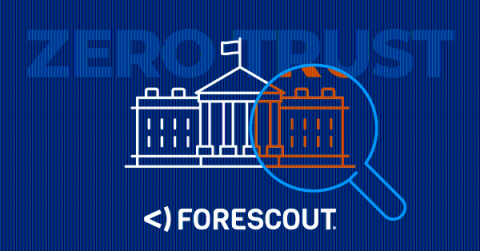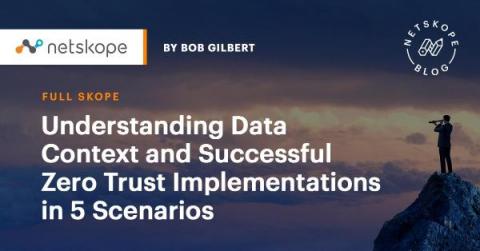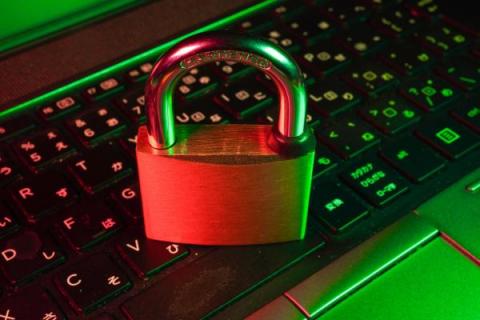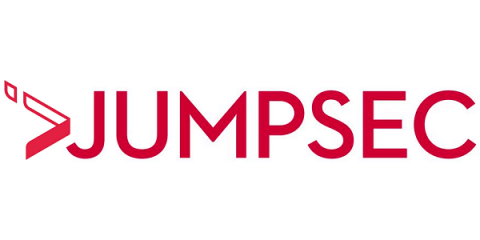How to secure microservices in a Zero-Trust environment
Microservices architecture is a convenient way to silo different software services compared to traditional software architecture and design. However, with multiple microservices communicating amongst each other - the attack surface of the network is greatly increased. The security of such a system depends on the security of all the services. Any deviation in the system’s security ultimately undermines the integrity of the entire network.








